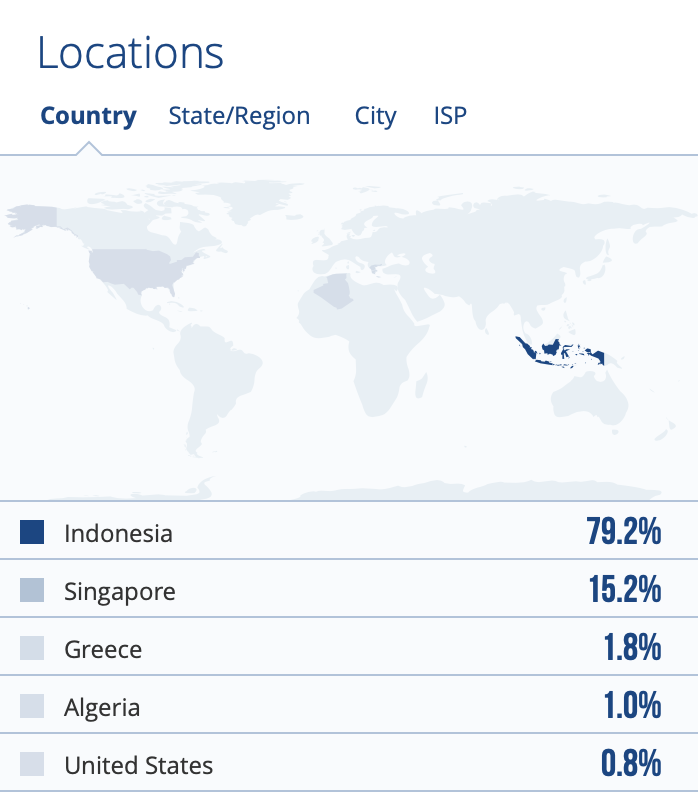The Implementation of Teams Game Tournament (TGT) to Improve Students’ Writing Ability of Second Grade Students in Junior High School Level
DOI:
https://doi.org/10.31980/eealjournal.v7i3.1961Keywords:
Teams Game Tournament (TGT), Writing Skills, Cooperative Learning, English Language Learning, Pre-experimental DesignAbstract
This pre-experimental study examined the effectiveness of the Teams Game Tournament (TGT) in enhancing the writing abilities of second-grade English learners at 7th State Junior High School in Padang. The research involved 33 students from class VIII.5, employing a one-group pre-test/post-test design to measure the impact of TGT implementation. Quantitative data analysis revealed a substantial increase in students' writing scores following the intervention. Specifically, the post-test average score (89.45) significantly surpassed the pre-test average (60.24). A t-test analysis yielded a t-value of 11.54, which exceeded the t-table value of 1.697 at a 0.05 significance level, with 32 degrees of freedom. This statistically significant difference confirmed the study's hypothesis, indicating that TGT effectively improved students' English writing skills. The findings suggest that TGT is a valuable pedagogical strategy for enhancing writing proficiency in English language learning.
References
Ali, I. (2021). Pembelajaran Kooperatif (Cooperativelearning) Dalam Pengajaran Pendidikan Agama Islam. Jurnal Mubtadiin, 7(01), 247-264.
Applebee, A. N., & Langer, J. A. (2009). A snapshot of writing instruction in middle schools and high schools. English Journal, 98(6), 14-27.
Bereiter, C., & Scardamalia, M. (1987). The psychology of written composition. Lawrence Erlbaum Associates.
Brown, H. D. (2007). Teaching by Principles: An Interactive Approach to Language Pedagogy. Pearson Longman.
Creswell, J. W. (2012). Educational Research: Planing, Conducting, and Evaluating Quantitative and Qualitative Research: Fourth Edition. Usa: Pearson.
Dalman, H. (2021). Keterampilan Menulis. Jakarta: PT. Raja Grafindo Persada.
Dichev, C., & Dicheva, D. (2017). Gamifying education: what makes a game-based learning experience engaging? Electronic Journal of e-Learning, 15(5), 419-430.
Ekawan, S., Sudarmi, M., & Noviandi, D. (2015). Pengembangan Desain Pembelajaran Kooperatif Tipe Team Games Tournament Dengan Media Physics Ludo Pada Materi Fisika Tentang Bunyi. Junal Radiasi.
Ferris, D. R. (2003). Response to student writing: Implications for second language students. Lawrence Erlbaum Associates.
Graham, S., & Perin, D. (2007). Writing next: Effective strategies to improve writing of adolescents in middle and high schools—A report to Carnegie Corporation of New York. Alliance for Excellent Education.
Hayes, J. R. (2012). Modeling and remodeling the writing process. Written communication, 29(3), 289-306.
Huda, Miftahl. (2013). Model – Model Pembelajaran Dan Pengajaran: Isu – Isu Metodis Dan Paradigmati. Yogyakakarta : Pustaka Pelajar.
Hyland, K. (2003). Second language writing. Cambridge University Press.
Johnson, D. W., & Johnson, R. T. (2009). An evidence-based approach to cooperative learning. Educational leadership, 66(8), 32-37.
Kress, G. (2003). Literacy in the new media age. Routledge.
Lisnawati, N. A. (2016). The Use of Teams Games Tournament (TGT) Method to Improve Students’ Writing Skill of Descriptive Text (A Classroom Action Research at the Second Grade Students of SMK Negeri 3 Salatiga in the Academic Year of 2015/2016) (Doctoral dissertation, IAIN SALATIGA).
MacArthur, C. A. (2016). Digital tools and processes for writing. Journal of Special Education Technology, 31(1), 3-14.
Plass, J. L., Homer, B. D., & Kinzer, C. K. (2015). Foundations of game-based learning. Educational psychologist, 50(4), 258-283
Rusman. 2014. Model-model Pembelajaran. Bandung: PT Raja Grafindo Persada.
Sailer, M., Hensen, J., Mandl, H., & Klevers, M. (2017). Psychological perspectives on motivation through gamification. Interaction design and architecture (IxD. A) 33, 28-37.
Slavin, R. E. (2014). Cooperative learning: Theory, research, and practice. Routledge.
Slavin, R. E. (1995). Cooperative learning: Theory, research, and practice. Journal of educational research, 89(2), 75-80.
Storch, N. (2005). Collaborative writing: Product, process, and students’ perceptions. Journal of Second Language Writing, 14(3), 153-173.
Sugiyono. (2016). Metode Penelitian Kuantitatif, Kualitatif dan R&D. Bandung: PT Alfabet.
Yuliadi. (2021). Factors Affecting Students' Problems in Writing Cause and Effect Essays. unnes.
Warschauer, M., & Grimes, D. (2007). Audience, authorship, and artifact: The emergent semiotics of Web 2.0. Annual Review of Applied Linguistics, 27, 1-23.
Downloads
Published
How to Cite
Issue
Section
License
Copyright (c) 2025 English Education and Applied Linguistics Journal (EEAL Journal)

This work is licensed under a Creative Commons Attribution-NonCommercial-ShareAlike 4.0 International License.






